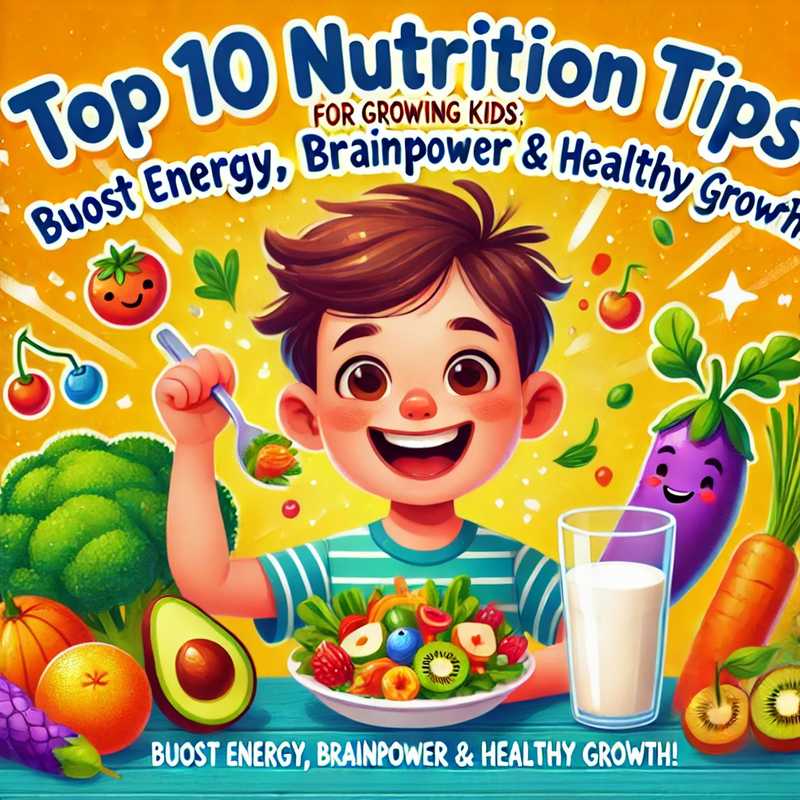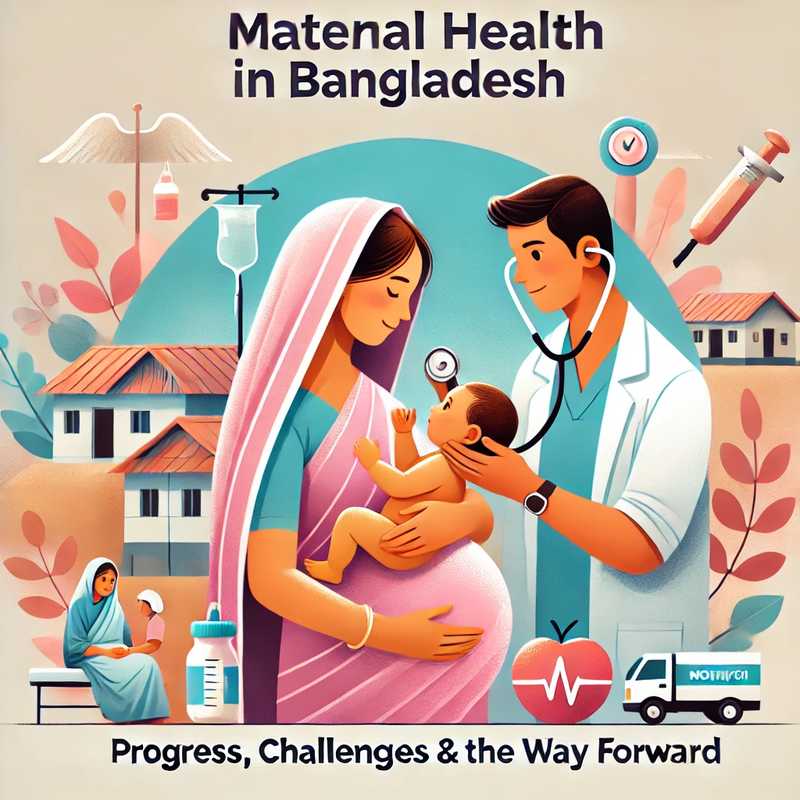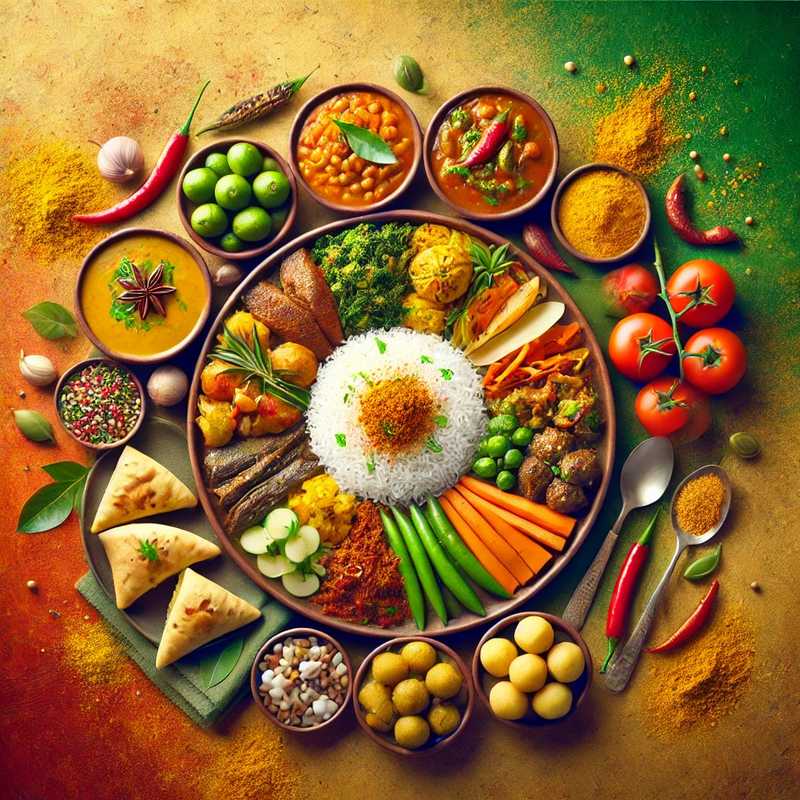
How does blood donation really work? Is it safe for spouses or family members to donate blood to one another? This blog explores whether it's safe and scientifically advisable to donate blood within the family.
The most important requirement in blood donation is a match in ABO and Rh blood types.
If the blood types do not match correctly, the recipient’s immune system can trigger a dangerous transfusion reaction.
Incorrect matches can lead to life-threatening immune responses.
When a specific person (like a spouse or family member) donates blood for a patient, it's called a Directed Donation. This is legal in many countries but comes with some important guidelines:
🧪 Organizations like the Red Cross provide clear guidelines for this process.
This is a rare but serious complication when receiving blood from a close relative.
To reduce the risk, the blood should be irradiated to disable white blood cells.
Receiving repeated transfusions from relatives may lead to the development of antibodies in the recipient's body, which complicates future blood transfusions.
Family members might feel emotional pressure to donate and could hide certain risk factors, increasing the chance of transmitting infections.
Yes, spouses and family members can donate blood to each other — but certain strict guidelines and safety measures must be followed. Never accept blood from relatives without consulting a healthcare provider.
Saving a life is the goal, but it must be done the safest way possible.
References:

Growing children need the right nutrients to fuel their rapid physical development, busy brains, and endless energy. But between picky eating, school schedules, and snack cravings, ensuring balanced nutrition can feel like a puzzle. Backed by science and expert guidelines, these 10 practical tips will help you nourish your child’s body and mind—without the mealtime battles!
1. Prioritize Protein for Growth Spurts
Protein builds muscles, bones, and tissues, making it essential during growth spurts. Serve kid-approved options like:
2. Choose Complex Carbs for Steady Energy
Swap sugary cereals and white bread with slow-digesting carbs to avoid energy crashes:
3. Fuel Brains with Omega-3 Fatty Acids
Omega-3s (DHA and EPA) are critical for cognitive development and mood regulation. Try:
4. Pair Calcium + Vitamin D for Strong Bones
This duo supports bone growth and immune function:
5. Iron-Rich Foods to Prevent Fatigue
Iron deficiency can cause tiredness and poor concentration. Include:
6. Serve a Rainbow of Fruits & Veggies
Colorful produce delivers antioxidants, vitamins, and fiber. Make it fun:
7. Hydrate with Water, Not Sugary Drinks
Dehydration leads to irritability and fatigue. Encourage water with:
8. Smart Snacking for Nutrient Gaps
Replace chips and cookies with wholesome snacks:
9. Limit Added Sugars
Excess sugar harms energy levels, teeth, and long-term health. Check labels for hidden sugars in:
10. Family Meals Build Healthy Habits
Shared meals improve diet quality and family bonds:
Sample Kid-Friendly Meal Plan
Common Nutrition Mistakes to Avoid
Nutrition isn’t about perfection—it’s about progress! By incorporating these tips, you’ll support your child’s immunity, brainpower, and growth while fostering a positive relationship with food. Small changes today = lifelong health rewards!
References
Additional Resources:

Stay nourished, hydrated, and energized during Ramadan with these science-backed dietary tips.
Why Nutrition Matters During Ramadan
Fasting during Ramadan requires careful planning to maintain energy levels, avoid dehydration, and sustain overall health. Choosing nutrient-dense foods at Suhoor (pre-dawn meal) and Iftar (evening meal) can help you power through the day while honoring the spiritual essence of the month.
Top 10 Foods to Energize Your Fast
1. Dates
2. Whole Grains (Oats, Quinoa, Brown Rice)
3. Protein-Rich Foods (Eggs, Lentils, Chicken)
4. Hydrating Fruits (Watermelon, Cucumber, Oranges)
5. Nuts and Seeds (Almonds, Chia Seeds)
6. Yogurt or Laban
7. Leafy Greens (Spinach, Kale)
8. Avocado
9. Lentils and Legumes
10. Herbal Teas (Ginger, Mint)
Foods to Avoid
Pro Tips for Suhoor & Iftar
References

Your immune system is your body's first line of defense against infections, bacteria, viruses, and other pathogens. However, when your immune system becomes weak, you may fall sick more easily. But how can you tell if your immune system or disease resistance is weak? In this blog, we’ll discuss the signs, causes, and solutions to strengthen your immunity.
Signs of a Weak Immune System
Causes of a Weak Immune System
How to Strengthen Your Immune System
References

Maternal health and pregnancy care are critical components of public health, especially in a country like Bangladesh, where maternal mortality and morbidity have historically been significant concerns. Over the past few decades, Bangladesh has made remarkable progress in improving maternal health outcomes. However, challenges remain, and continued efforts are essential to ensure safe pregnancies and childbirth for all women. This blog explores the current state of maternal health in Bangladesh, the initiatives driving progress, and the steps needed to further improve pregnancy care.
The Current State of Maternal Health in Bangladesh
Bangladesh has achieved significant milestones in reducing maternal mortality. According to the World Health Organization (WHO), the maternal mortality ratio (MMR) in Bangladesh dropped from 574 deaths per 100,000 live births in 1990 to 173 in 2020. This progress is attributed to increased access to healthcare services, improved education, and government and non-governmental organization (NGO) initiatives.
Despite this progress, challenges persist:
Key Initiatives Improving Maternal Health
Several initiatives have played a pivotal role in improving maternal health in Bangladesh:
The Importance of Nutrition During Pregnancy
Proper nutrition is a cornerstone of maternal health. In Bangladesh, many pregnant women suffer from anemia and other nutritional deficiencies due to poverty and lack of awareness. Key nutritional interventions include:
Challenges in Maternal Health
While progress has been made, several challenges hinder further improvements:
The Way Forward: Strengthening Maternal Health
To further improve maternal health and pregnancy care in Bangladesh, the following steps are essential:
Conclusion: A Collective Effort for Safe Motherhood
Maternal health is not just a women’s issue; it is a societal responsibility. Bangladesh has made commendable progress, but the journey toward ensuring safe pregnancies and childbirth for all women is far from over. By addressing existing challenges and continuing to invest in healthcare infrastructure, education, and awareness, Bangladesh can achieve its goal of reducing maternal mortality and improving the health and well-being of mothers and their babies.
References

Bangladesh, a land of rich culture and heritage, is also home to a diverse and nutritious culinary tradition. From the aromatic Morog Polao to the iconic Hilsha Fish and comforting Dal, traditional Bangladeshi foods are not just a treat for the taste buds but also a treasure trove of health benefits. In this blog, we explore the nutritional value and wellness advantages of these beloved dishes, reminding us why they deserve a permanent place on our plates.
1. Morog Polao: A Festive Dish Packed with Nutrition
Morog Polao, a fragrant rice dish cooked with chicken, spices, and ghee, is a staple at celebrations and family gatherings. Beyond its delightful taste, it offers several health benefits:
2. Hilsha Fish: The Pride of Bangladesh
Hilsha, the national fish of Bangladesh, is not just a cultural icon but also a nutritional powerhouse. Whether cooked as Hilsha Bhapa (steamed) or Hilsha Fry, this fish is a must-have in any balanced diet:
3. Dal: The Humble Superfood
No Bangladeshi meal is complete without a bowl of Dal (lentil soup). This simple yet nutritious dish is a cornerstone of Bangladeshi cuisine:
4. Seasonal Vegetables: A Nutrient-Dense Delight
Bangladeshi cuisine emphasizes the use of seasonal vegetables like pumpkin, spinach, and eggplant, often cooked with minimal oil and spices:
5. Traditional Spices: The Secret to Health
Bangladeshi dishes are incomplete without the use of traditional spices like turmeric, cumin, coriander, and mustard seeds:
Why Traditional Bangladeshi Foods Are Worth Celebrating
Traditional Bangladeshi foods are not just about flavor; they are a perfect blend of nutrition, culture, and wellness. By incorporating these dishes into our daily diets, we can enjoy:
Embrace the Heritage, Nourish the Body
In a world increasingly dominated by processed and fast foods, traditional Bangladeshi cuisine stands out as a beacon of health and sustainability. From the protein-rich Hilsha Fish to the comforting Dal and the festive Morog Polao, these dishes offer a perfect harmony of taste and nutrition. Let’s take pride in our culinary heritage and make these traditional foods a regular part of our lives for a healthier, happier future.
References
By celebrating and preserving our traditional foods, we not only honor our culture but also invest in our health and well-being. Let’s savor the flavors of Bangladesh while reaping the benefits of its nutritious cuisine!